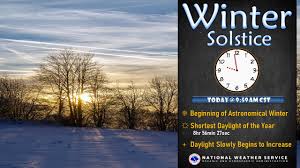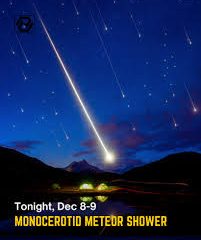The Spectacular Perseids Meteor Showers of 2023
Introduction
The Perseids meteor showers are among the most popular celestial events to observe each year. Occurring annually from mid-July to late August, they reach their peak around August 12-13. This event not only captivates stargazers but also holds significant cultural importance and scientific interest, as it allows observers to witness the remnants of Comet Swift-Tuttle entering the Earth’s atmosphere. Understanding the Perseids enhances our appreciation of the universe and encourages interest in astronomy.
Details of the Perseids Meteor Showers
The Perseids are known for producing bright meteors, often leaving long-lasting trails across the sky. During their peak, observers can see up to 100 meteors per hour, depending on conditions such as light pollution and the presence of the moon. In 2023, the meteor shower coincided with a waning crescent moon which provided favourably dark skies for optimal viewing.
This year, many astronomy enthusiasts gathered at various locations, such as parks and observatories, to witness the spectacular meteor display. Amateur astronomers set up telescopes and cameras, sharing their experiences on social media platforms and fostering a sense of community among stargazers.
Viewing Conditions and Safety Tips
To ensure the best viewing experience, enthusiasts were advised to seek dark areas away from artificial lights and to allow their eyes to adjust to the darkness for about 20 minutes. Furthermore, experts recommended lying on a blanket to have a wide view of the sky rather than trying to look through a telescope. This method not only offers a better chance to catch multiple meteors but also adds to the overall enjoyment of the experience.
Conclusion and Significance
The Perseids meteor showers serve more than just an aesthetic function. They provide valuable data to scientists about the composition of comets and our solar system. Furthermore, such celestial events inspire future generations to engage with science and the environment, fostering a deeper understanding of the universe. As we look ahead, the continued monitoring of meteor showers like the Perseids may uncover new insights into cosmic phenomena, ensuring this tradition of observation remains beloved and significant for years to come.









